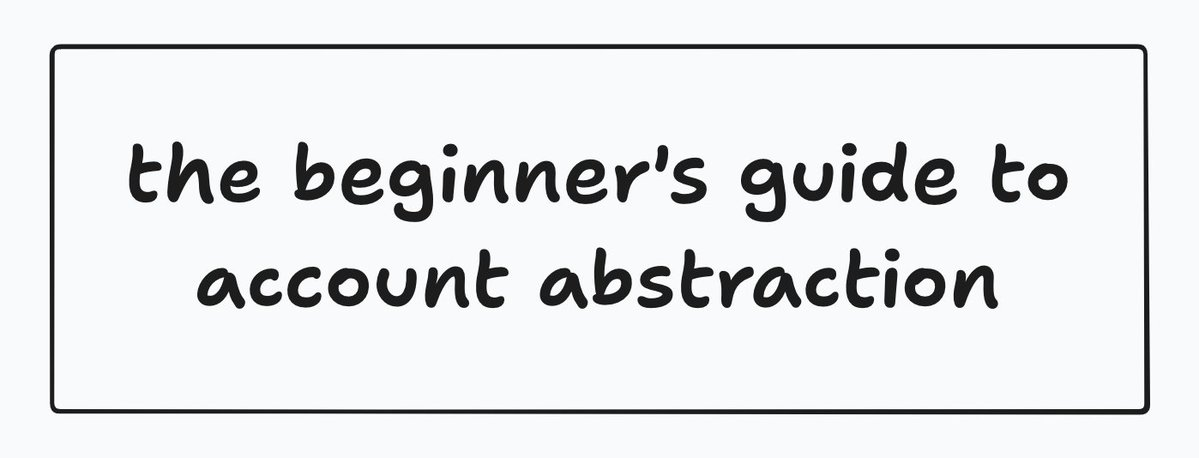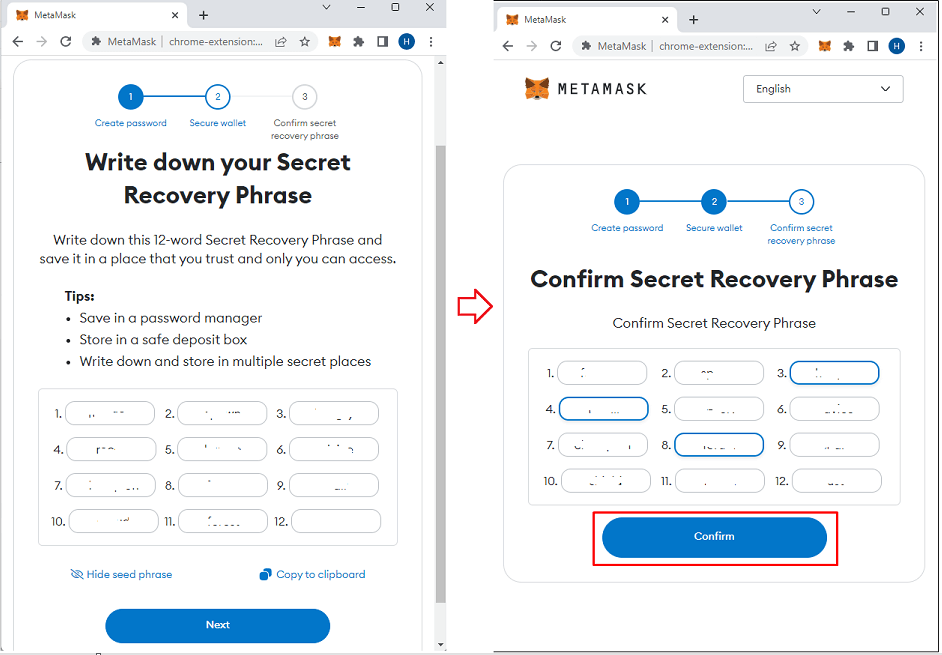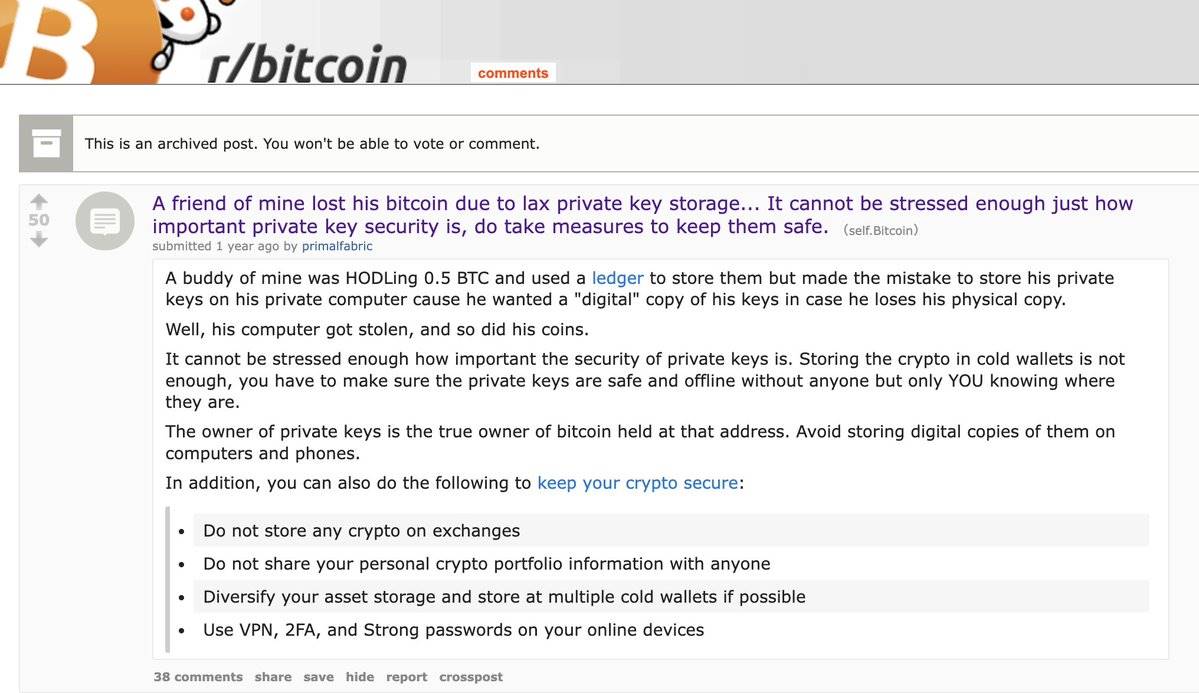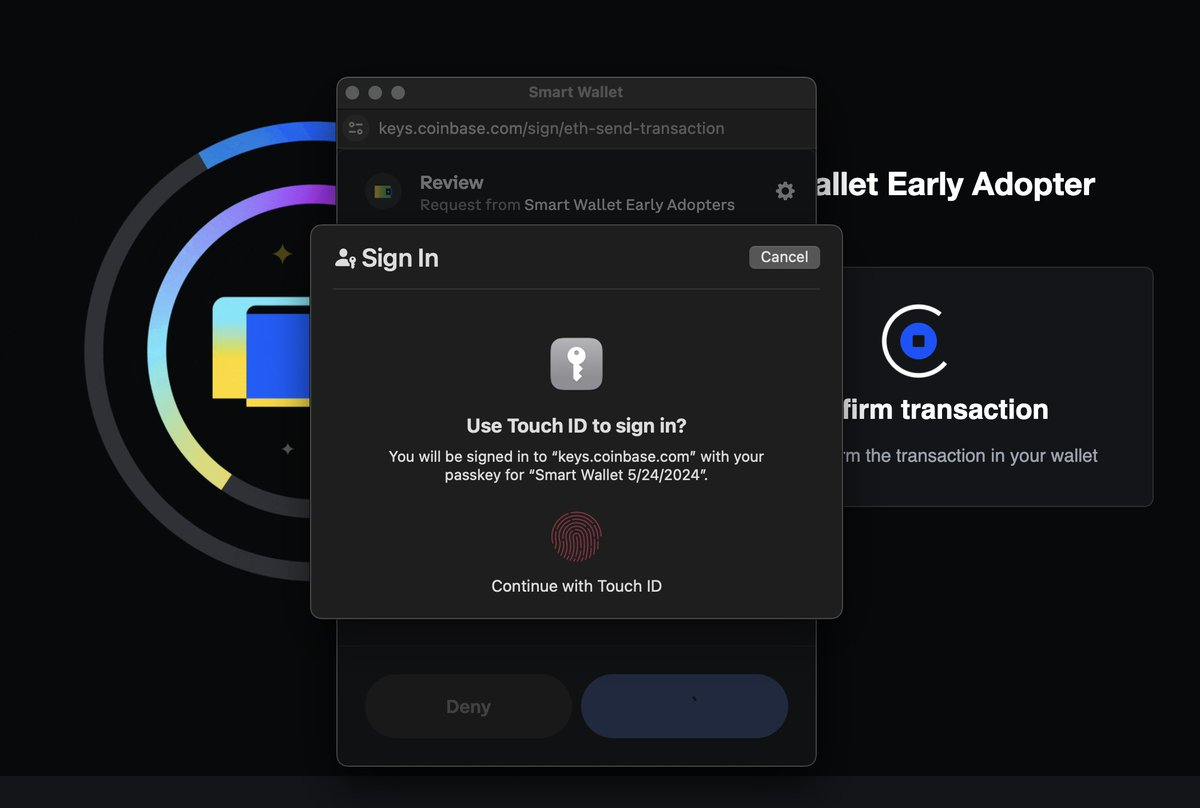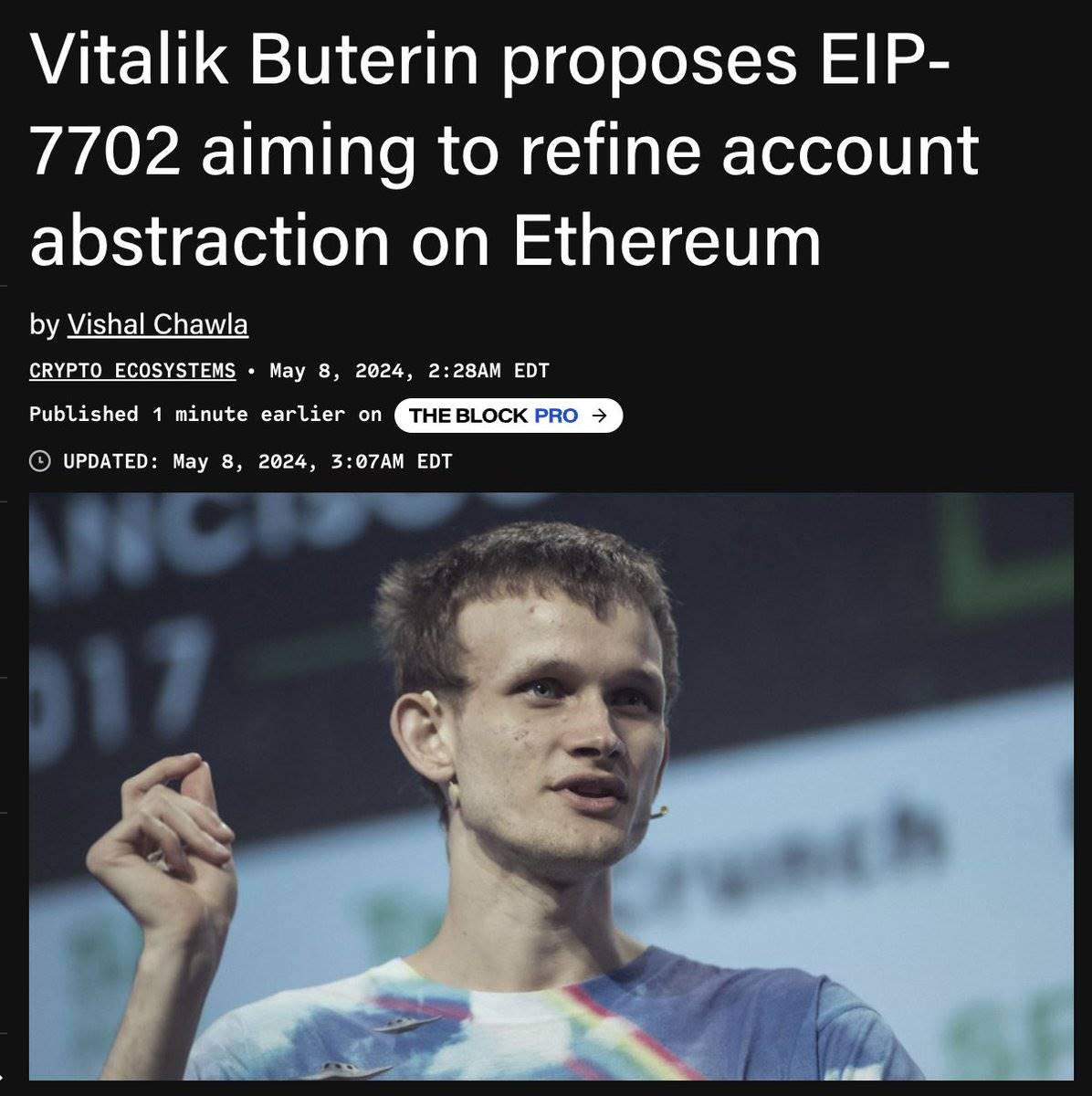原作者: cygaar
原文翻譯:TechFlow
“Account abstraction is the future of cryptocurrency.”
You may have heard this phrase many times, but you don’t know exactly what it means. Today, let’s solve this problem.
I’ll give you a beginner’s guide to account abstraction — what it is, how it works, and how it will revolutionize cryptocurrency adoption.
We will not dive into the technical and implementation details of account abstraction (that is a topic for another time). Instead, we will provide a high-level overview and show through practical examples how account abstraction has improved the user experience of cryptocurrencies over the past few years.
Simply put, account abstraction is a set of frameworks and standards that can greatly enhance the functionality of crypto wallets (accounts).
You can think of it like giving a 1999 Honda Civic the ability to fly, it still drives as a car but now it can do so much more.
You might ask, why don’t crypto wallets have these powerful features by default? The answer is that on some modern blockchains, they are indeed powerful, but for traditional blockchains like Ethereum, accounts were designed before we fully understood all of their potential uses and flaws.
On Ethereum (and many EVM chains), we primarily use Externally Owned Accounts (EOAs). These are simple wallets that can only hold assets and initiate transactions. They are tied to a single private key and cannot perform complex operations.
At the same time, we also have smart contracts, which are automatically executed codes on the blockchain. Smart contracts can be programmed to perform almost any task.
Wouldn’t it be cool if we could add the flexibility of smart contracts to everyone’s crypto wallet? This is where Contract Accounts (CAs) come in — they are a core part of the account abstraction.
Contract accounts integrate the unlimited functionality of smart contracts into wallets, greatly enhancing their functionality. These wallets can still hold funds, but are no longer dependent on a single private key.
In the past, if you lost your private key, you lost your wallet.
This is a very bad experience for non-cryptocurrency users. With a contract account, the wallet can operate through a variety of authentication methods without the need for traditional private key signatures.
You can use fingerprint recognition, third-party providers (such as Google, Apple), multi-signature, or different signing schemes for authentication.
Even if you do lose your original private key, you can still recover your account through a set method.
There are many ways to build account verification. These methods not only improve the security of the wallet, but account abstraction (AA) also gives the wallet new functions.
In Externally Owned Accounts (EOAs), all transactions must be paid for using the chain’s native fuel token and must be paid for by the initiator. In addition, only one transaction can be in progress at a time.
But with AA:
-
Transactions can be fully sponsored by a third party (usually an application)
-
Transactions can be paid in different tokens (e.g., pay in USDC instead of ETH)
-
Transactions can be batched, saving gas fees and allowing token swaps to occur without requiring individual approval
It can be seen that AA can significantly improve the user experience of crypto applications. Before, we were bound by a rigid structure, making it cumbersome and difficult to get started with cryptocurrency. Now, with AA, we can create a user experience that is comparable to or even better than traditional Web2 applications.
It is important to emphasize that these smart contract accounts remain entirely under the control of the users themselves, and no third party can access the users’ funds – all assets remain self-custodial.
So, what is the current status of AA?
On the EVM, we have proposals such as ERC-4337 and EIP-7702 that lay the foundation for AA.
Today, many of the features I mentioned are already implemented. However, converting existing wallets to contract wallets still requires a lot of work.
In the future, I will publish a detailed account abstraction guide that goes into more detail.
For now, just know that AA is our key to enabling a simple, secure, and powerful user experience that will embrace the next wave of crypto users.
This article is sourced from the internet: A Beginner’s Guide to Account Abstraction: Creating a Simple, Secure, and Powerful Crypto UX
相關:夏季衰退已經開始了嗎?加密貨幣基金出現自 3 月底以來最大的每週資金流出
原作者:Mary Liu,BitpushNews 加密貨幣市場週一開盤面臨下行壓力。 Bitpush數據顯示,比特幣早盤跌破$66,000支撐位,午盤觸及低點$65,046。隨後購買量激增,將價格推回 $67,286。然而,看漲勢頭未能持續。截至發稿,比特幣價格為$66,580.16,24小時波動率接近0%。週一市值排名前 200 的代幣中,只有 5 只漲幅超過 1%,其中 Convex Finance (CVX) 漲幅居前,漲幅為 25.3%,其次是 cat in a dogs world (MEW),漲幅為 19.7%, XRP上漲了5.8%。 zkSync(ZK)跌幅最大,下跌24.3%,io.net(IO)下跌22.1%,…
